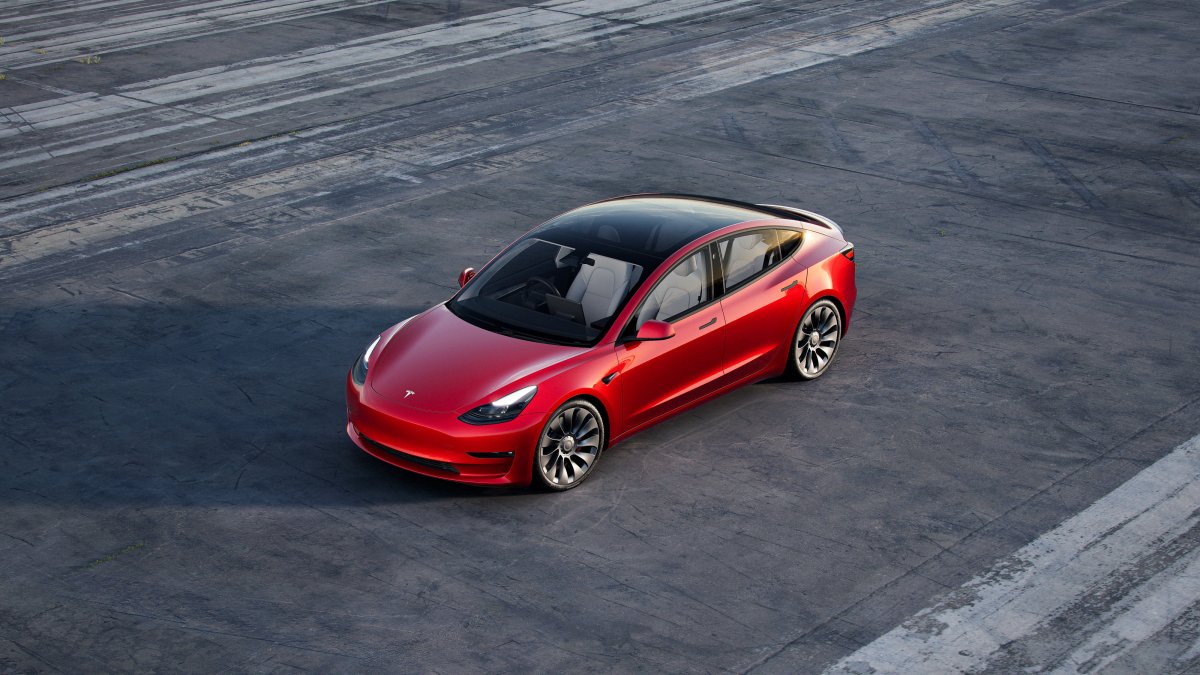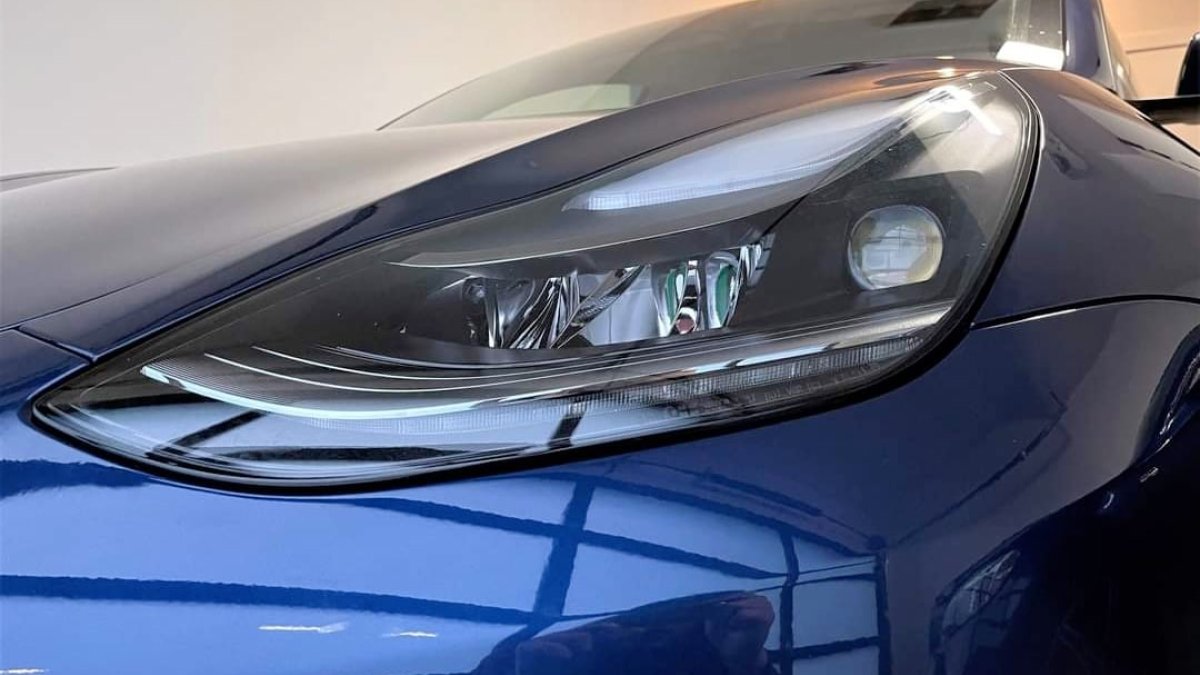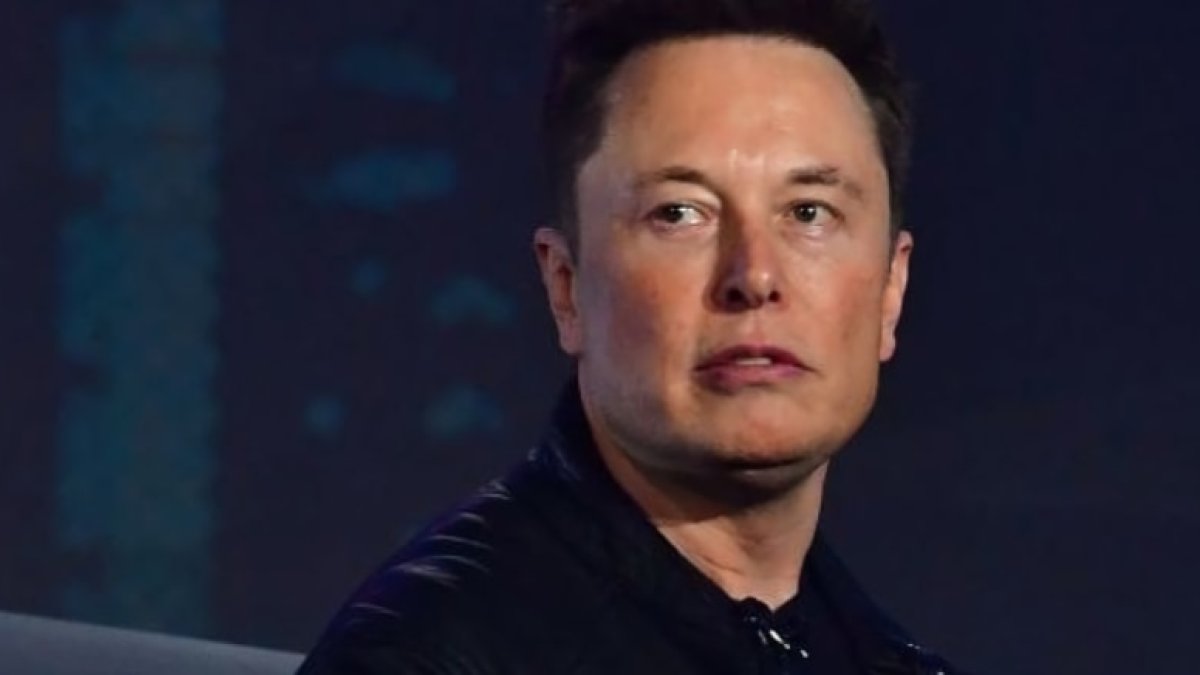Tesla to Add Support for Matrix Headlights in Existing Vehicles in Upcoming Software Update
February 1, 2024
By Not a Tesla App Staff

According to a new document in the EU, Tesla is preparing to enable its matrix headlights on the current Model Y and first-gen Model 3.
The document, dated January 3, 2024, reveals that Tesla is introducing adaptive high-beam support to these vehicles, similar to what they recently released on the new Model 3.
A similar document was leaked in December that showed that Tesla was looking to add adaptive high beams to the new Model 3.
Software Update
In Tesla software update 2024.2, Tesla introduced support for adaptive headlights in their newest vehicle, the new Model 3.
While this was the first Tesla vehicle to receive support for adaptive high beams, it left many vehicle owners wondering whether Tesla would enable support for matrix headlights that have come on vehicles for several years.
Supported Vehicles
According to this document, the approval is only for the Model 3 and Model Y. However, it’s almost certain that the update will also arrive on the Model S and Model X as well, although it could come in a separate, later update.
The first Model X vehicles with matrix headlights were delivered in June/July of 2023, while the Model 3, Model Y, and Model S have had matrix headlights for a longer period. Support on the Model 3 and Model Y has varied by region and model, so the best way to tell whether your vehicle has matrix headlights is to look at them. If you see a large, round projector lens like the image below, your vehicle has the new matrix headlights.

Video of Adaptive Headlights on New Model 3
X user m.jr.88 posted a video (below) of his new Model 3 that has support for the new adaptive high beams feature. In the video, you can see how select parts of the road brighten and dim as vehicles approach.
[embedded content]
Will It Be Available Outside of the EU?
Headlights play an important role in vehicle safety and therefore adaptive headlights are often highly regulated by safety agencies. Due to the leaked document, it appears the feature will be available across the European Union, however, it’s not immediately clear whether it will be available in other regions at the same time.
In 2022, the NHTSA issued a ruling that automakers could install adaptive headlights in their vehicles. However, there could be specifications that must be followed in the U.S. or another region that could differ from EU requirements.
Tesla would without a doubt want to make this feature available in as many regions as possible; however, potential adaptations may be necessary to align with local market nuances and regulatory requirements. At this time, we would expect matrix headlights to become available in the EU soon, with other potential markets available at the same time or soon thereafter.
Release Date
The original document for the new Model 3 was dated November 8th, 2023, so it was about two months before Tesla introduced the update that enabled adaptive high beams on the 2024 Model 3.
If Tesla follows a similar timeline, we may see support for matrix headlights in the next 4-6 weeks. Tesla could add it as soon as the next major update, which is expected to be version 2024.6 or 2024.8.
Update 2024.2, which includes support for the new Model 3 is still in the early stages of rolling out with only about 1% of Tesla’s fleet having access to the update. However, we’ll likely see bigger waves roll out in the next couple of weeks.
Adaptive High Beam Release Notes
The release notes for adaptive high beam support in update 2024.2 states that the high beams will now adjust to reduce glare for other drivers and cyclists. It goes on to say that by detecting road users and selectively dimming individual pixels of the headlights, the high beams can remain on longer and provide better visibility.
The new adaptive high beam feature is disabled by default but can be enabled in supported vehicles by going to Lighting > Adaptive High Beam in the vehicle’s settings.
February 1, 2024
By Kevin Armstrong

Tesla is now making significant strides in the energy storage sector, expanding its battery production capabilities in Sparks, Nevada, and doubling the capacity of its existing battery factory in Lathrop, California, according to BNN Bloomberg.
This strategic move involves utilizing idle equipment from China’s Contemporary Amperex Technology Co. Ltd. (CATL), a leading battery manufacturer. This expansion is part of Tesla’s broader effort to onshore the supply chain for lithium-iron-phosphate (LFP) cells in the United States, thereby enhancing its production autonomy and reducing dependence on overseas suppliers.
Tesla’s Independent Control and Strategic Planning
In a notable departure from typical industry partnerships, Tesla plans to purchase machinery from CATL and install it at the Sparks facility. Tesla will maintain full control of the operation and cover all associated costs. CATL’s role is limited to assisting with equipment setup, marking minimal involvement from the Chinese company. The new facility will focus on producing cells for Tesla’s large-battery Megapack product, which is designed for utility-scale energy storage applications.
Tesla’s expansion in Nevada comes during heightened scrutiny by U.S. lawmakers and the Biden administration over technology collaborations with China, especially in sectors like battery production. By minimizing CATL’s involvement in the new facility, Tesla aims to address concerns about U.S. companies’ dependence on Chinese partnerships and aligns with the national policy of reducing technological dependencies.
Doubling Down: Tesla’s Lathrop Factory Expansion
In addition to the new facility in Nevada, Tesla plans to double the capacity of its existing battery factory in Lathrop, California. The expansion of the Lathrop factory and the addition of the new Nevada facility underscores Tesla’s commitment to scaling up its energy storage capabilities.
This move aligns with Elon Musk’s assertion during last week’s earnings call, “I said for many years that the storage business would grow much faster than the car business, and it is doing that.’ He also stated that Tesla’s energy storage business delivered nearly 15 gigawatt hours of batteries in 2023, compared to 6.5 gigawatt hours the year before. “So tremendous year-over-year growth, triple-digits. And yeah, I think we’ll continue to see robust growth in storage, as predicted.”
Commitment to Supplier Collaboration and Growth
Karn Budhiraj, Vice President of Global Supply Management, shared insights on the company’s plans during the earnings call: “Megapack continues to see strong demand signals globally, driving consistent growth trajectory through ’24 and ’25. We want to thank all of our partners who’ve put their trust in the Megapack team to execute critical infrastructure worldwide. And I would like to personally thank the Megapack engineering and production teams for their strong 2023 execution. Lathrop continues to ramp through 2024 with the operation of a second final assembly line to double capacity from 20 gigawatts to 40 gigawatt hours by the end of the year.”
Elon Musk also emphasized the importance of Tesla’s suppliers in this growth, “But we also do want to emphasize that we also expect to ramp orders from our suppliers. So this is not about replacing our suppliers, it’s about supplementing our suppliers. So we are very appreciative of our suppliers. Panasonic, obviously, is our longest supplier. They’re an amazing company. We’ve got CATL, we’ve got LG, and BYD.”
The new Nevada facility, expected to become operational by 2025, will start with an initial output of approximately 10 gigawatt-hours (GWh). Plans are in place to expand the facility, contingent upon the project’s smooth progression and establishing a stable supply chain. Once fully operational, the Nevada facility could contribute significantly to Tesla’s overall battery production capacity in the region, potentially accounting for about 20% of the production, including the output from the Lathrop location.
January 31, 2024
By Kevin Armstrong

In the wake of the Delaware Chancery Court’s landmark decision to rescind his $55.8 billion compensation package, Elon Musk did not hold back on expressing his views. Taking to X, Musk’s posts resonated with a blend of frustration, defiance, and contemplation of Tesla’s future.
This is insulting to shareholders
— Elon Musk (@elonmusk) January 31, 2024
Musk called the decision “insulting to shareholders.” Furthermore, Musk’s suggestion to avoid incorporation in Delaware and his query about relocating Tesla’s incorporation to Texas echo his discontent and hint at a potential strategic shift.
Unfathomable Compensation and Controlled Mindset
The 201 page Delaware Court’s decision, as articulated by Judge Kathaleen St. J. McCormick, delved deep into the complexities of Musk’s compensation package and the process behind its approval. The judge described the package as an “unfathomable sum,” highlighting its sheer magnitude and deviation from standard executive compensation practices.
Central to the court’s ruling was the notion that Musk exerted undue influence over Tesla’s board of directors. The court found that Musk’s control over the board and his relationships with its members significantly compromised their ability to act independently. According to the ruling, this control resulted in a compensation negotiation process that lacked objectivity and transparency.
In her ruling, McCormick noted, “Musk had extensive ties with the persons tasked with negotiating on Tesla’s behalf.” She pointed out the conflicts inherent in this arrangement, emphasizing the need for a more rigorous standard in such situations. “The process leading to the approval of Musk’s compensation plan was deeply flawed,” she wrote, highlighting the controlled mindset of the board and its failure to recognize the conflict of interest.
Shareholder Disenfranchisement and Material Omissions
Another critical aspect of the court’s decision was the inadequate information provided to shareholders during the vote on Musk’s compensation. The ruling emphasized the omission of material information about potential conflicts of interest and the overall negotiation process, which were crucial for shareholders to make an informed decision.
“The record establishes that the Proxy failed to disclose the Compensation Committee members’ potential conflicts and omitted material information concerning the process,” the court observed. This lack of transparency was seen as a significant factor in the decision to overturn the package, indicating that Tesla shareholders were not equipped with all the necessary information to make an informed choice.
Musk’s compensation was initially perceived as a step toward a “good future for humanity,” including ambitions like colonizing Mars, but the judgment stated, “Some might question whether colonizing Mars is the logical next step. But, in all events, that “get” had no relation to Tesla’s goals with the compensation plan.” The court’s analysis highlighted that the package’s extraordinary size was disconnected from the automaker’s objectives.
Stepping back to 2017
The court’s narrative begins with Musk’s own words, extracted from a 2017 email, where he expressed confidence that Tesla shareholders would be “super happy” with the compensation plan. Musk believed that the package would be perceived positively, projecting an “ultra-bullish view of the future” and symbolizing his commitment to ensuring a “good future for humanity.” This ambition, while laudable, was disconnected from the immediate operational goals of Tesla, according to the court.
Emails from Musk during the compensation discussions in 2017 reveal his desire for a significant increase in Tesla ownership upon reaching a $550 billion valuation. He suggested a structure that would effectively boost his ownership stake, considering future dilutions, to around 25% over a decade, underscoring his long-term vision for Tesla. It also underscores the lack of a succession plan that exists to this day.
Testimonies from key Tesla figures like Ira Ehrenpreis and Antonio Gracias provided insight into the compensation committee’s approach. They emphasized a subjective sense of fairness and collaboration with Musk, rather than objective market data or arm’s length negotiations. This approach was echoed by Todd Maron, Tesla’s general counsel, who described the process as cooperative and collaborative, lacking a recognized conflict of interest.
Musk’s Recent Compensation Discussion
Two weeks before the court’s decision, Musk discussed on X his engagement with Tesla and future compensation plans. An X user expressed concerns about Musk’s apparent lack of a new incentive plan since completing his 2018 compensation milestones. In response, Musk’s four-word reply, “That would be nice,” hinted at his openness to discussing future compensation aligned with his contributions and ambitions in AI, automation, and space exploration.
Musk later elaborated on his desire for approximately 25% voting control within Tesla, which he believes is substantial yet not overwhelming. This statement came amidst Musk’s concerns over his influence in the company, especially in growing Tesla as a leader in AI and robotics. On the same day as the ruling Musk posted an update on Tesla’s robot.
Going for a walk with Optimus pic.twitter.com/6mLJCUp30F
— Elon Musk (@elonmusk) January 31, 2024
Musk & Tesla’s Future and Potential Move to Texas
Musk’s suggestion of moving Tesla’s incorporation to Texas, where its physical headquarters are located, has stirred discussions about the company’s future corporate structure. Relating to Texas, known for its business-friendly environment, could be a strategic response to the legal and corporate challenges Tesla faces in Delaware.
Should Tesla change its state of incorporation to Texas, home of its physical headquarters?
— Elon Musk (@elonmusk) January 31, 2024
This potential move raises questions about the implications for Tesla’s governance, legal framework, and operational strategy. A shift to Texas could signal a new chapter for Tesla as it navigates through the fallout of the court’s decision and reevaluates its position in the corporate landscape.
Despite focusing on voting control and compensation, Musk’s vision for Tesla extends beyond financial incentives. He is keen on advancing significant developments in AI and robotics, aiming to position Tesla at the forefront of technological innovation. This aligns with his broader goals of advancing human progress through technology.

